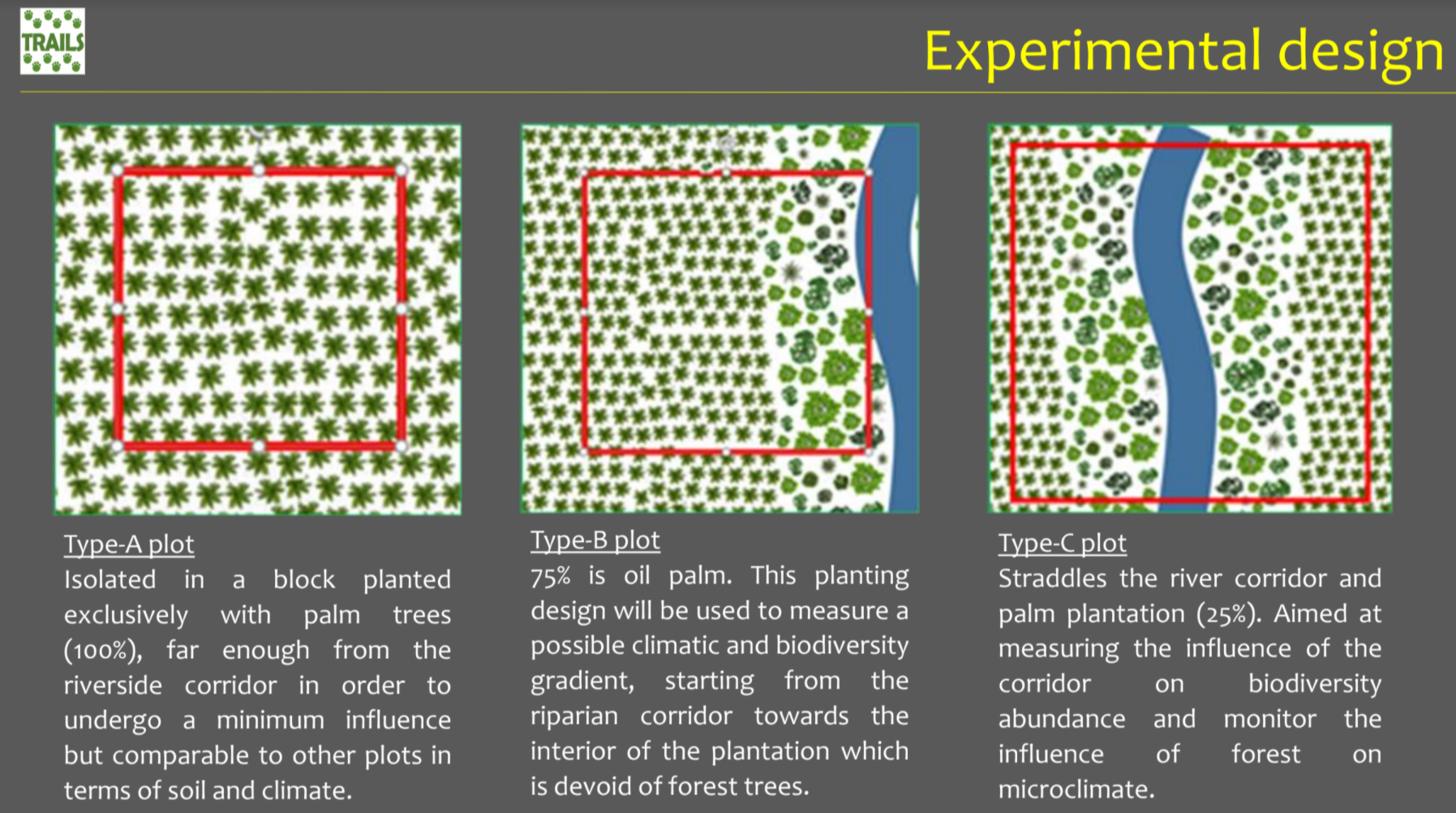The SIIA Haze Outlook 2021, published last month and co-authored by the Singapore Institute of International Affairs (SIIA) and Segi Enam Advisors, has something a little different than last year’s report—a segment exploring opportunities for climate action and green recovery, with particular focus on nature-based solutions (NBS) and carbon markets.
Theoretically, nature-based projects could lead to carbon emissions reduction and carbon offsets, while providing opportunities for investments. While the sector is still in its early stages of development, interest in carbon credits generated form Indonesia-based NBS projects is growing. The Katingan Mentaya Project managed by PT Rimba Makmur Utama illustrates this interest—a forest restoration and protection initiative located in Central Kalimantan, it generates an average of 7.5 million triple gold certified carbon credits a year, and carbon credits generated from the project have already been purchased by major global multinational firms.
Accordingly, many plantation companies that spoke to SIIA have expressed some interest in generating carbon credits from their own conservation projects, both current and future. Ultimately however, it is still too early to assess how willing project developers are to sell credits internationally compared to domestically.
Our previous posts on the SIIA Haze Outlook 2021: (1) Reviewing 2020; and (2) Issues to Watch in 2021
Read the full report here: SIIA Haze Outlook 2021











